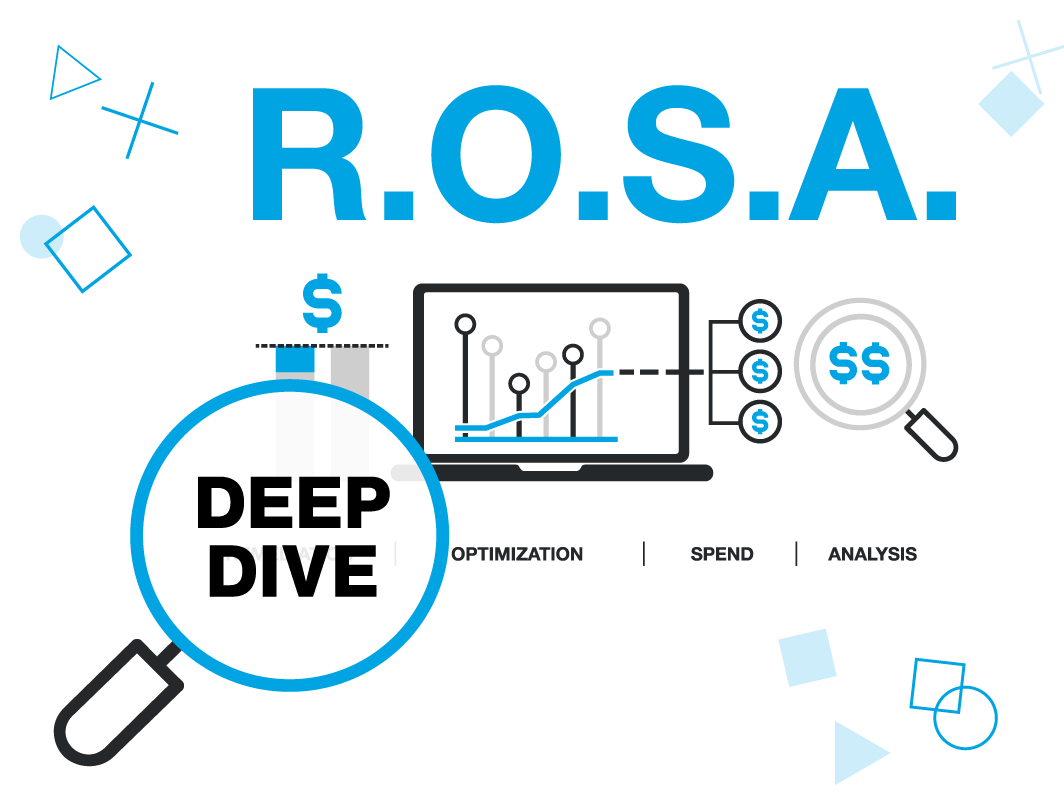
![]()
A recent article in the Harvard Business Review (HBR) says that organizations must move beyond “performative commitments” to diversity and inclusion (D&I) reporting. The reason is that today, current (and potential) employees and customers are “holding companies accountable for meaningful change.”
How can companies ensure they’re making changes that make a difference? According to a Human Resources Today blog post, “the only way to know if D&I is improving in your organization is to measure and track it. This means you need the right tools in place … having real-time insights [regarding] D&I in the workplace helps [you] properly define and assess major challenges and opportunities.”
The Training Industry blog recommends getting a head start: “As your resources allow, try to gather data before D&I initiatives launch to establish a baseline … and then on a regular cadence to track progress over time.”
The HBR article adds that “arm[ing] your experts with a single source of truth” is key to successful D&I efforts. This is especially true with regard to multinational companies that have to track their D&I efforts globally as well as comply with local requirements. To obtain this source of truth, HBR posits that companies need a platform that “allow[s] HR teams and people managers to query and visualize data such as demographics, retention rates, promotions, and employee recognition without needing to learn complex technology.”
Organizations seeking to maximize the effectiveness of such a platform should work with an expert technology/regulatory partner.
So, what happens after this data is collected? HBR writes that companies may be tempted to manipulate it to paint a picture more to their liking if the data reveals problems; that is, to create “vanity metrics.” However, the author strongly cautions against doing so: “Don’t let your data lie or hide the real issues. You might think you’re making progress on bringing in more diverse talent. Suppose you’re hiring people of color only in low-paying or entry-level roles or only hiring women in departments already heavily skewed toward women, such as HR and marketing. In that case, you’re not solving the real issues.”
Rather, HBR recommends that companies “confront the brutal facts and share them transparently.” That is, “share the findings widely and transparently with employees and external audiences; don’t restrict it to diversity committees and senior leadership. Make sure to include concrete commitments, measurable goals, and clear next steps.”
With that in mind, an article on PharmaVOICE.com lists “several questions that companies should ask to evaluate their D&I efforts:
- Is the retention level consistent across women and minorities?
- Are diversity metrics uniform across different departments?
- Are organizational practices perpetuating bias?
- Are incentives and compensation tied to D&I goals?
- Are senior leaders accountable for progress on diversity metrics?
- Are diversity metrics shared with all employees?”
Using real, thoughtfully collected, and analyzed data (and not “vanity metrics”) will make it possible for your company to answer these questions and make genuine progress. One measurement that’s strongly interconnected with D&I is pay equity, which focuses on resolving issues related to the fairness of compensation for employees that perform similar work.
Undergoing a proactive pay equity analysis is a proven way for employers to get a feel for where their business currently stands with regards to D&I. As recently seen with an analysis of California’s SB 973 pay data reporting, the insights gained from a pay equity audit also highlight gender and race/ethnicity wage disparities.



